Roam Free bison ranch
Portfolio
A bison ranch
My first wwoofing experience at the Roam Free Bison Ranch in the the Flathead Reservation, Montana. Building corrals, checking fence and moving bison.
The ranch
Imagine joining Italy and Austria, shaping their borders to create a rectangle. Move all the mountains to the left and the plains to the right. Then kick out 68 million inhabitants and scatter the remaining million within that rectangle. Throw in cows, horses, bison and that, more or less, is Montana. A state with big skies and few rules: the wild west.
The ranch is located among the mountains, north of Missoula, in the Flathead Reservation. The main house, bunkhouse and horses share a 260-acre property. The bison, on the other hand, graze on 4,000 acres.
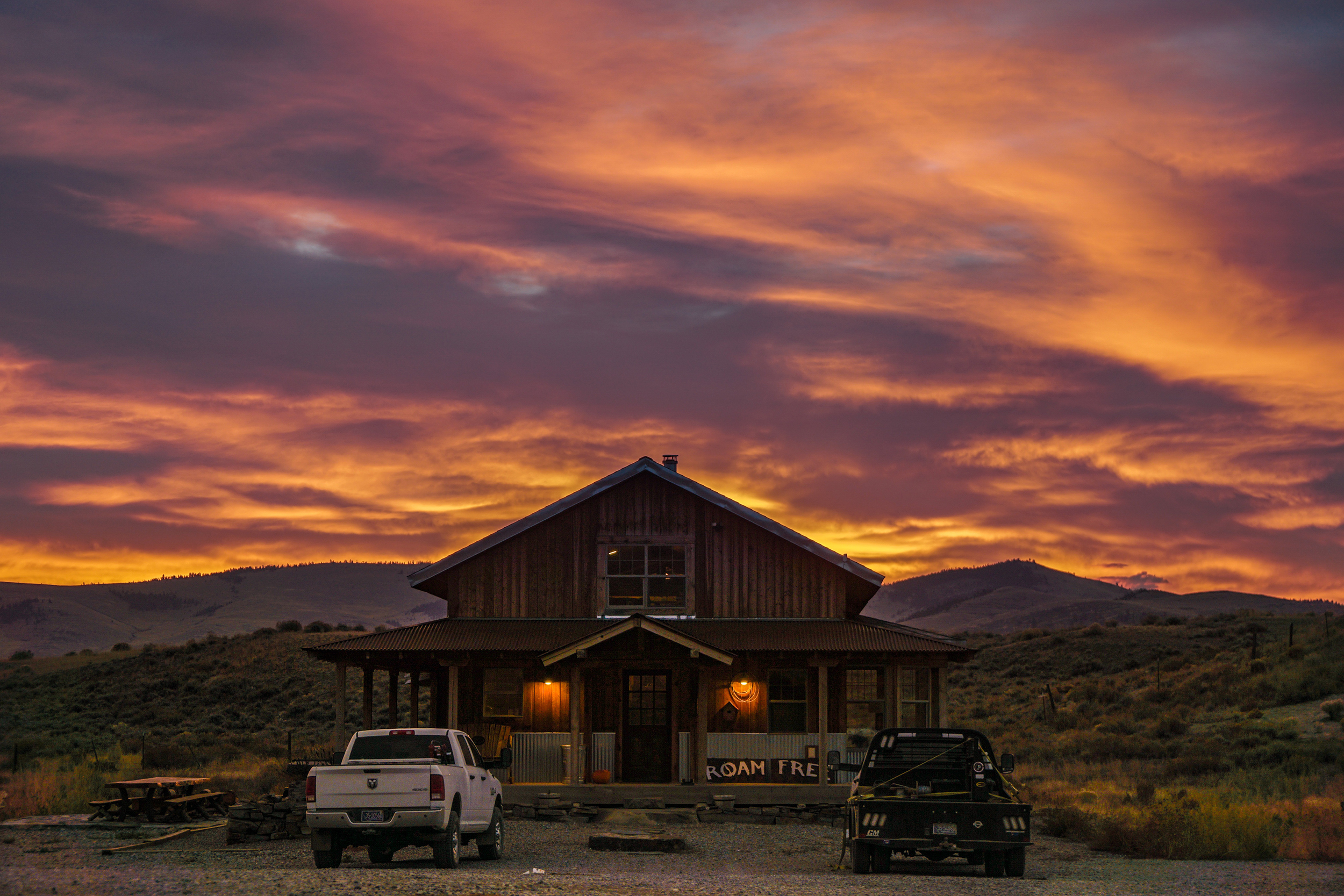
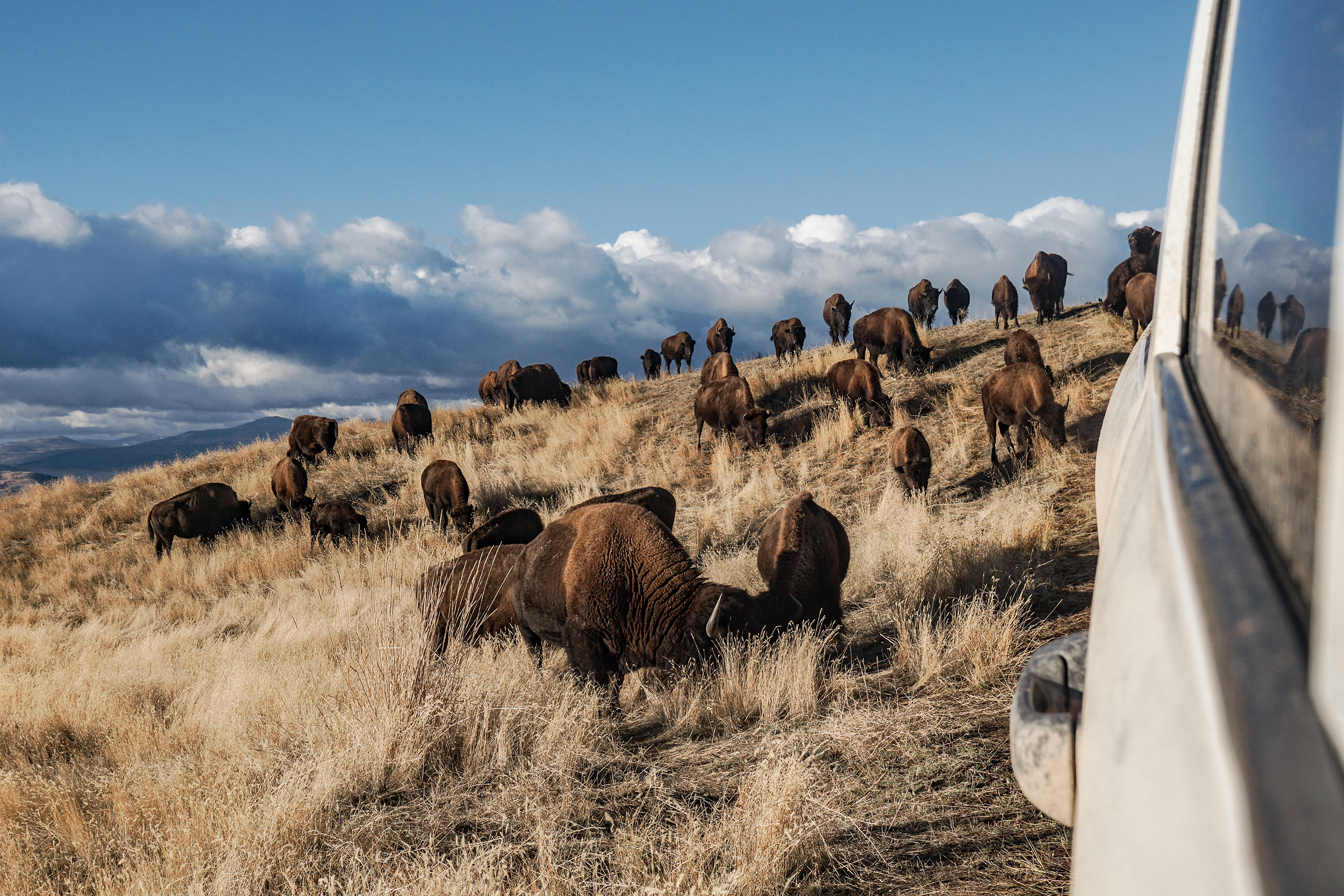





Bison
Bison are mighty, powerful big beasts, of a beauty you never get used to, agile and extremely fast. They graze both in summer and winter, resisting temperatures that can drop to -40°. They are born and remain wild. Bison fear humans, but if they feel threatened, they don’t hesitate to charge. Managing them is not easy.

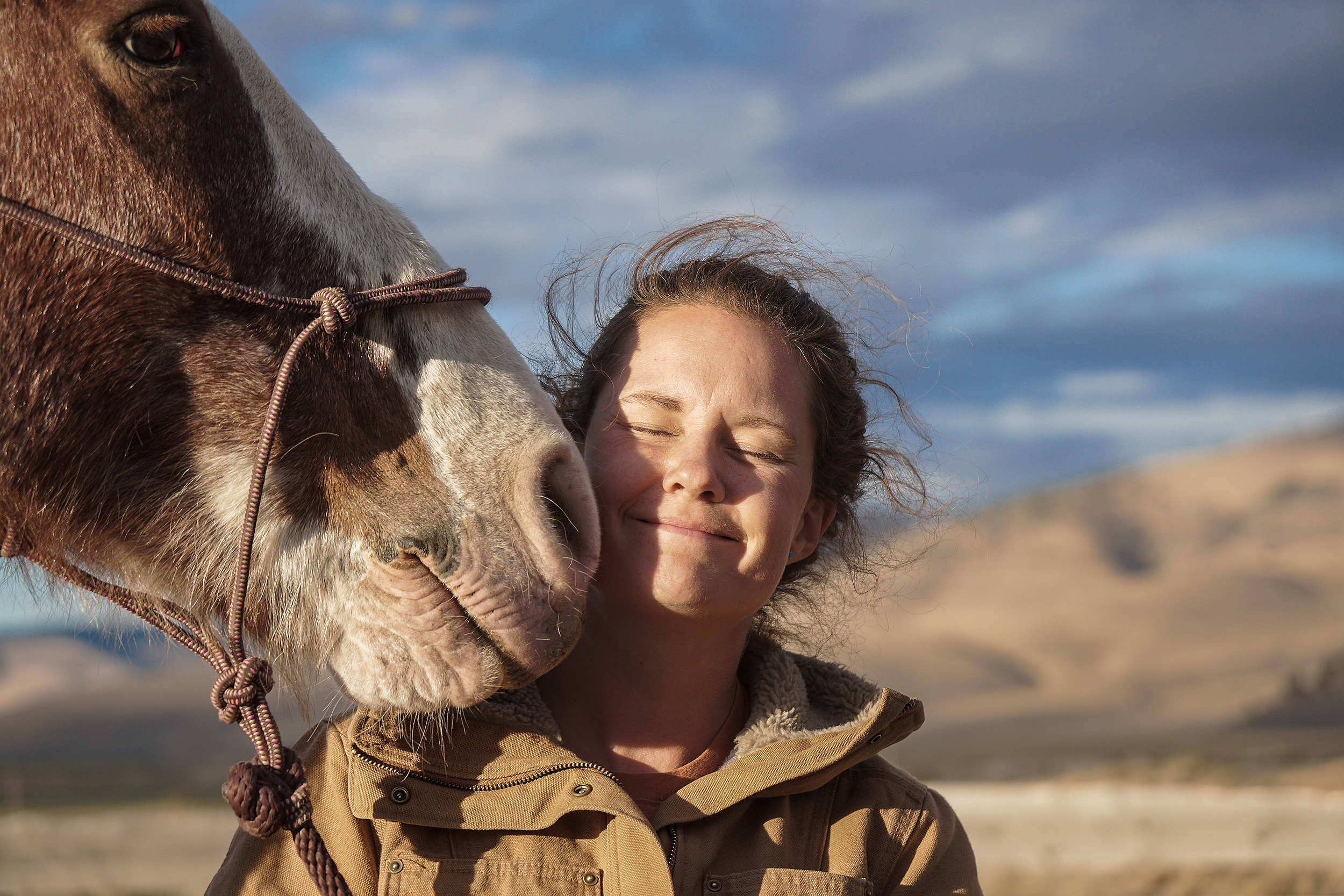
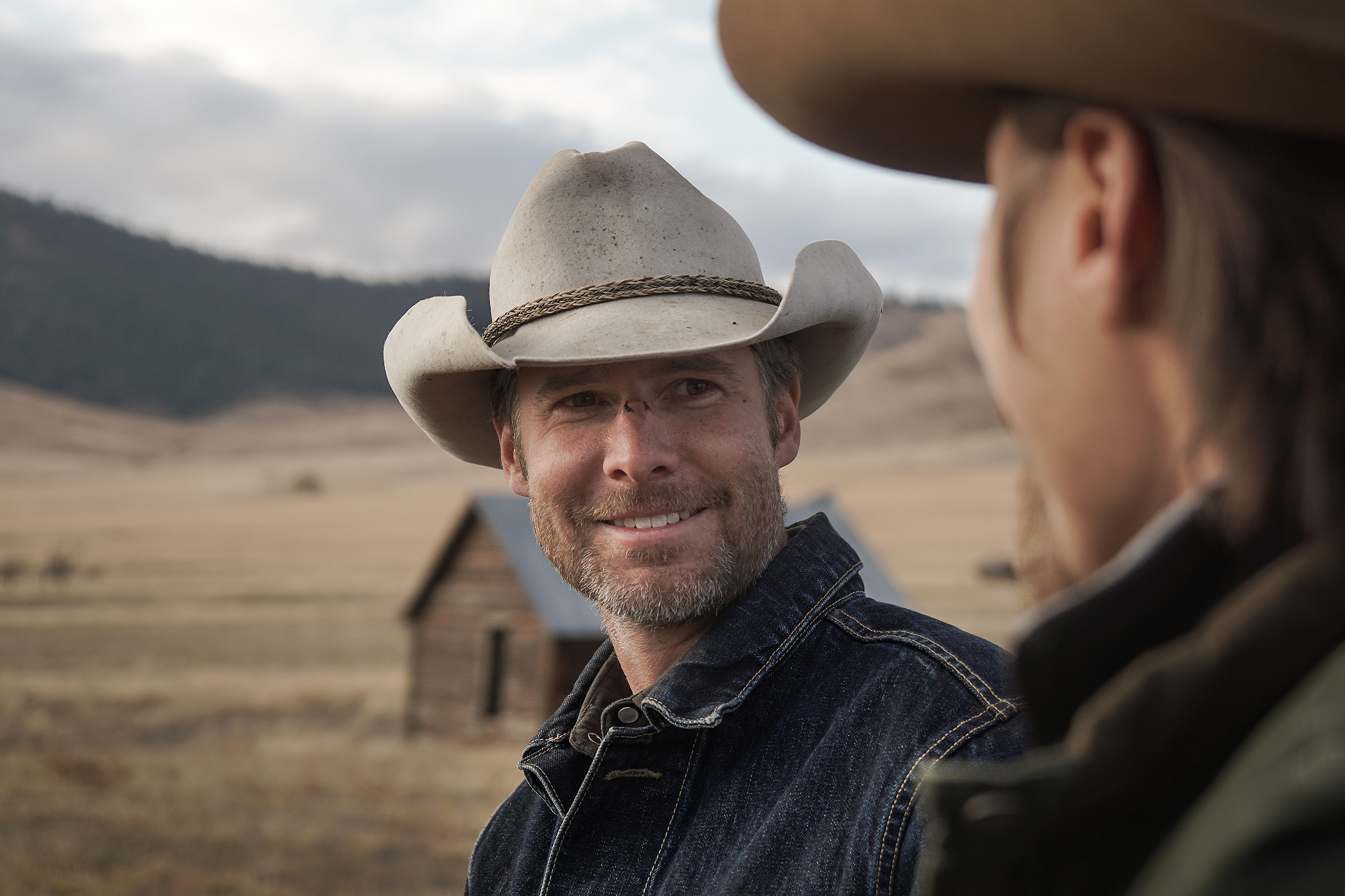





The job
We need to complete the outer electric fence surrounding a 4,000-acre property. Four batteries, connected to four solar panels, power the entire fence. We are now installing electrified gates—wired to complete the circuit—and assembling the corrals, a series of fences designed to herd livestock.
Regenerative agriculture
We collect and catalog soil samples from ten different areas of the property where bison graze. These samples and additional data will be analyzed over the coming years by a laboratory. The goal is to demonstrate that a herd of bison can regenerate degraded pasture and capture and sequester carbon dioxide from the atmosphere.
Bison are considered a keystone species: they help define an ecosystem that, without their presence, would be drastically different.
Thanks to their heavy hooves, bison aerate the soil; their thick fur carries seeds and plants to new locations, and their urine enriches the soil with nitrogen that benefits plant growth. When they roll on the ground, they compact the soil in a way that helps it retain more water. Since they primarily feed on grass rather than flowers, this behavior allows the flowers to better compete with more aggressive grass species. In turn, bison contribute to a more diverse plant community and create ideal habitats for microorganisms, butterflies, bees, and other pollinators.
The healthier and more diverse the plant life, the more CO2 is captured by the leaves and ultimately retained (sequestered) in the soil.
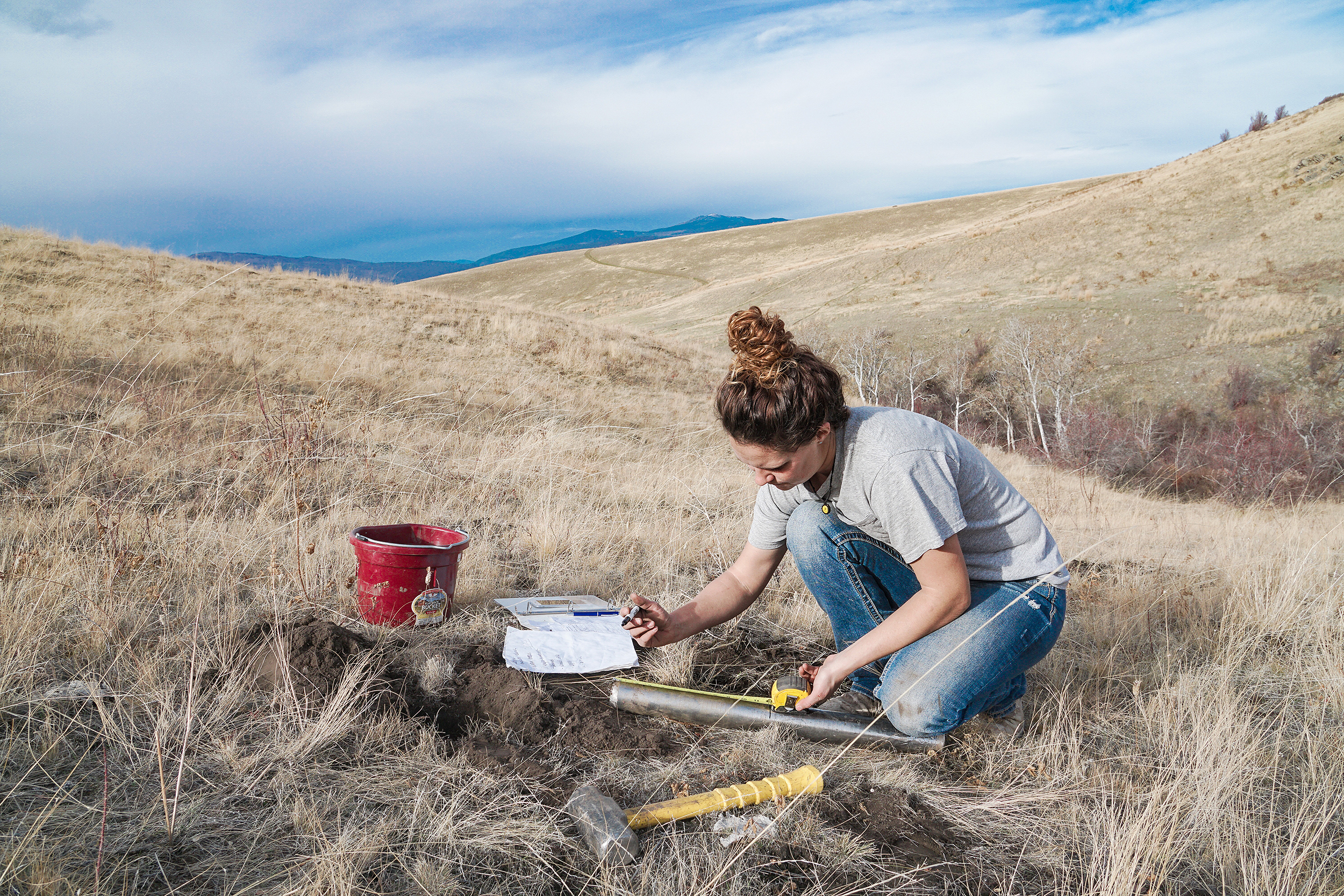

elettrapistoni











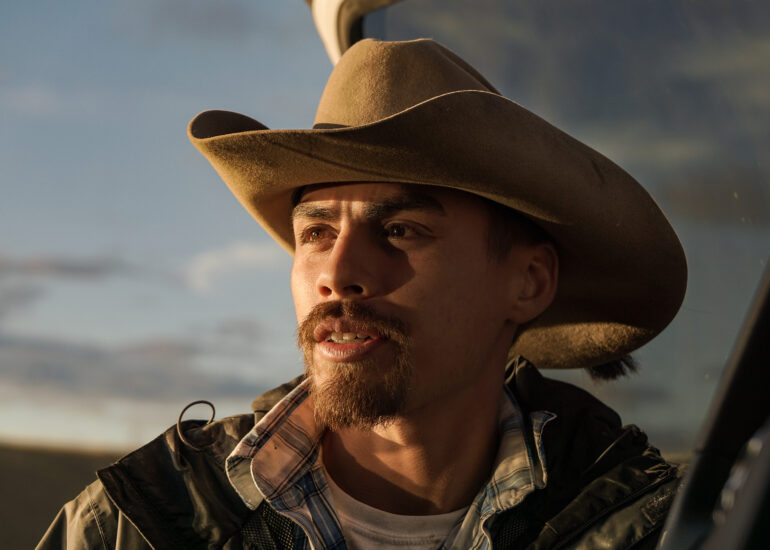

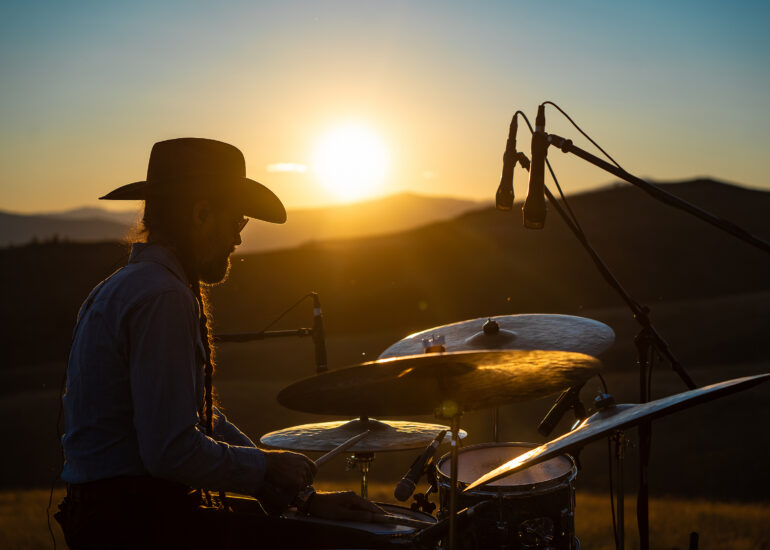
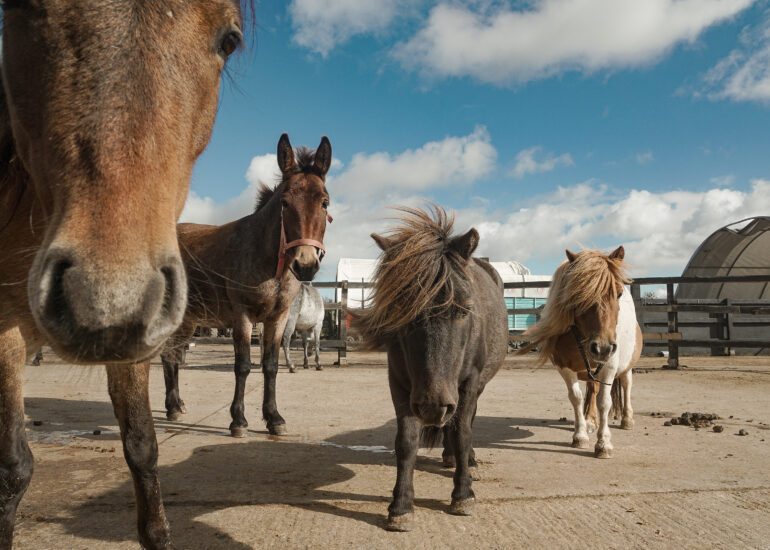
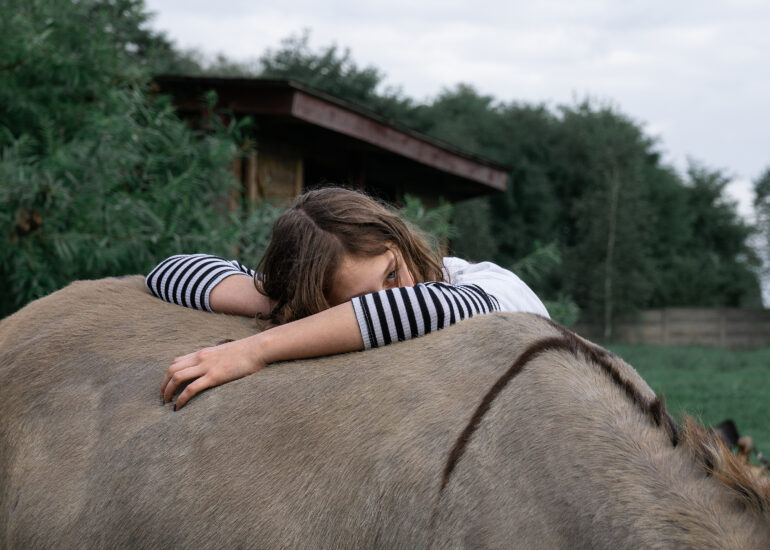
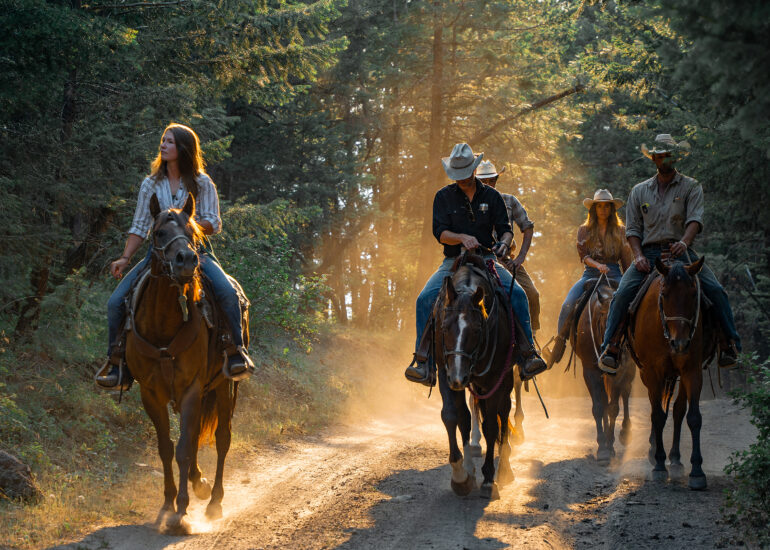


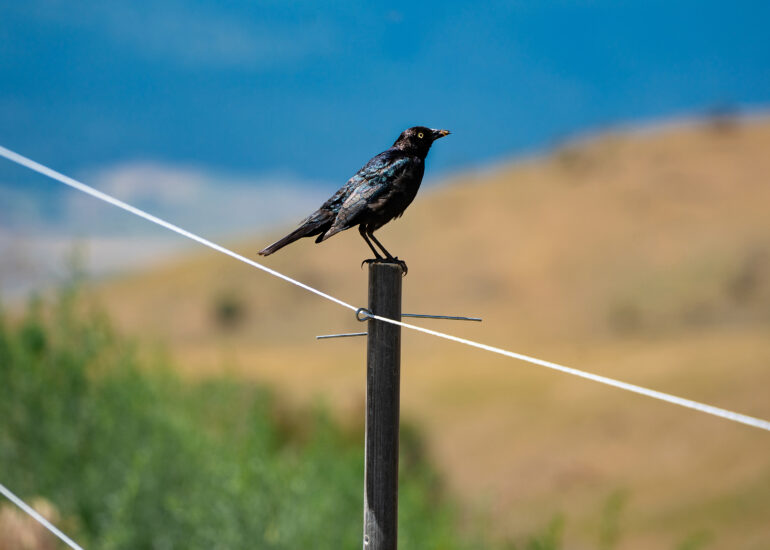



 Shooting on curiosity mode
Shooting on curiosity mode Stay Stay Stay — where the idea of home gets unpacked
Stay Stay Stay — where the idea of home gets unpacked Unlike lions, who rule in prides, or cheetahs
Unlike lions, who rule in prides, or cheetahs
 These baboons interact
These baboons interact

 Not everyone inherits a home, but each of
Not everyone inherits a home, but each of
















